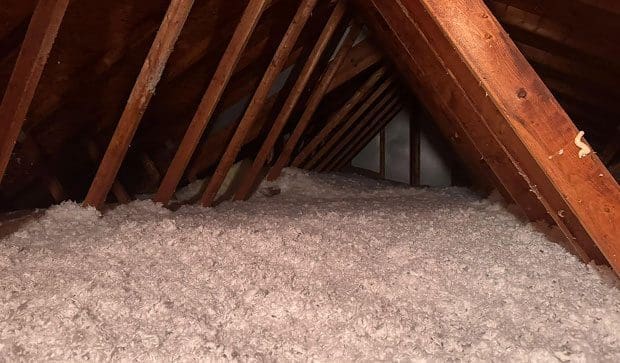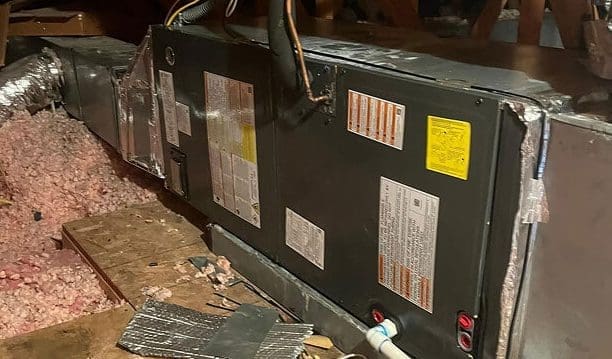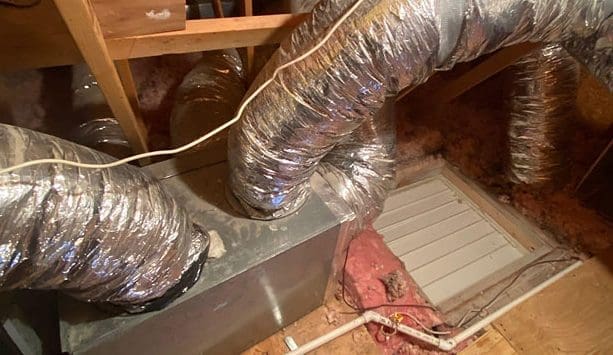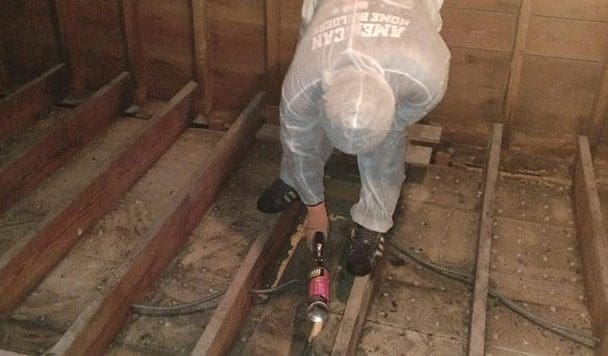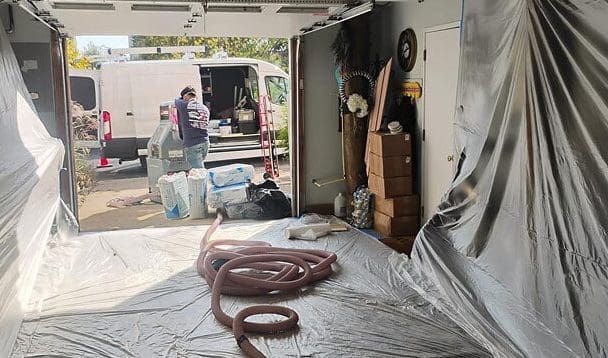
Get your HOME EVALUATION
Enter your information below

What Is a SEER Rating?
A SEER rating measures the energy efficiency of an air conditioner. It is calculated by dividing the total cooling output during a typical season by the total electric energy input. Essentially, it tells you how much cooling a unit provides for every watt of electricity it consumes. The higher the SEER rating, the more efficient the unit.
For example, a unit with a SEER rating of 16 is more efficient than one rated 13. This efficiency translates into lower utility bills and a reduced environmental impact, making SEER ratings an important benchmark for energy-conscious consumers.
Understanding SEER Ratings
SEER ratings are established through standardized testing procedures that simulate seasonal use. These procedures factor in various temperatures to replicate realistic operating conditions. Developed by the Air Conditioning, Heating, and Refrigeration Institute (AHRI), SEER ratings help homeowners compare units based on performance and efficiency.
The U.S. Department of Energy requires manufacturers to meet minimum SEER standards, ensuring that modern air conditioners are far more efficient than older models. These standards vary by region, so homeowners in Baltimore should be aware of local minimums when making a purchase.
What Is a Good SEER Rating?
- 14 to 16 SEER is the current standard for new installations and offers decent efficiency.
- 17 to 21 SEER provides advanced energy savings for homeowners looking to cut costs over time.
- Above 21 SEER is premium efficiency, often used in eco-conscious homes or larger properties.
In a warm and humid city like Baltimore, a higher SEER rating can pay off quickly due to extended AC usage during the summer months.

Choosing the Right SEER Rating for Your AC Unit
Home Size and Layout
Usage Habits
Upfront vs. Long-term Costs
What Is SEER2 Anyway?
As of 2023, SEER2 has replaced traditional SEER testing in new AC units. SEER2 reflects updated federal guidelines that require testing under more realistic conditions, such as increased external pressure and resistance in ductwork.
While SEER2 numbers may appear slightly lower than SEER equivalents, they offer a more accurate measure of how a unit performs in a real home. For example, a SEER2 rating of 14.3 may be equivalent to a 15 SEER in previous terms but provides a clearer picture of efficiency.
Baltimore homeowners should be aware that all new AC systems sold in the region must comply with SEER2 standards, ensuring better energy performance and transparency.

Benefits of Choosing a High SEER AC Unit
Lower Energy Bills
Environmental Impact
Enhanced Comfort
Increased Home Value
Conclusion






